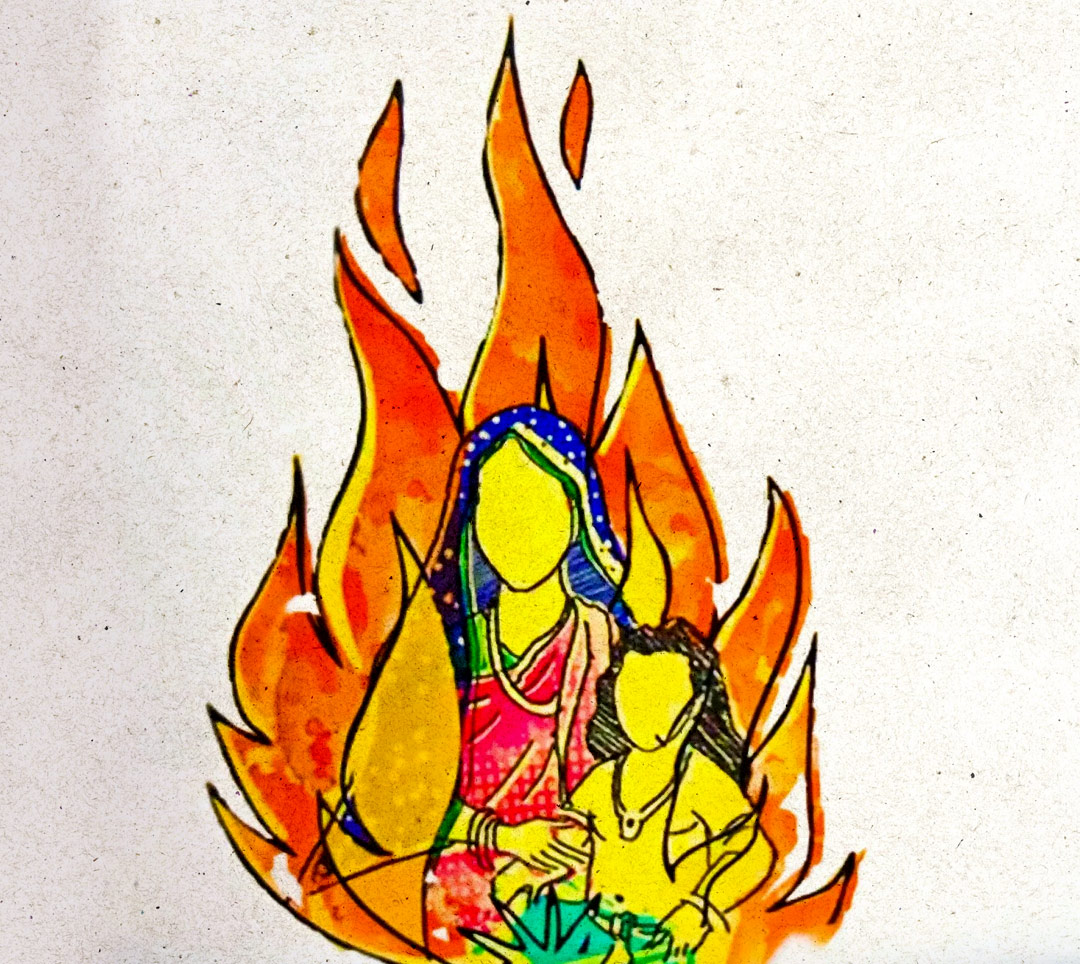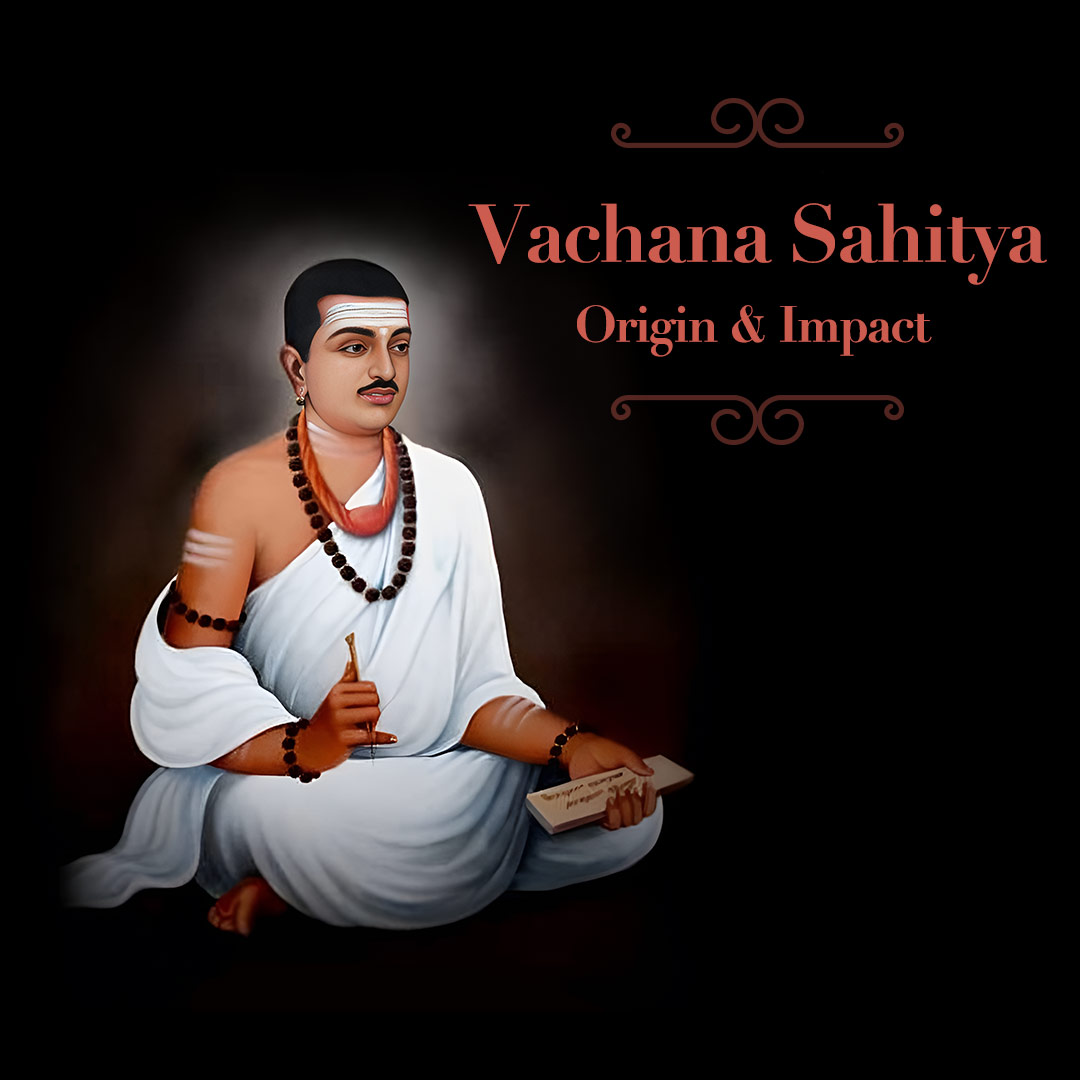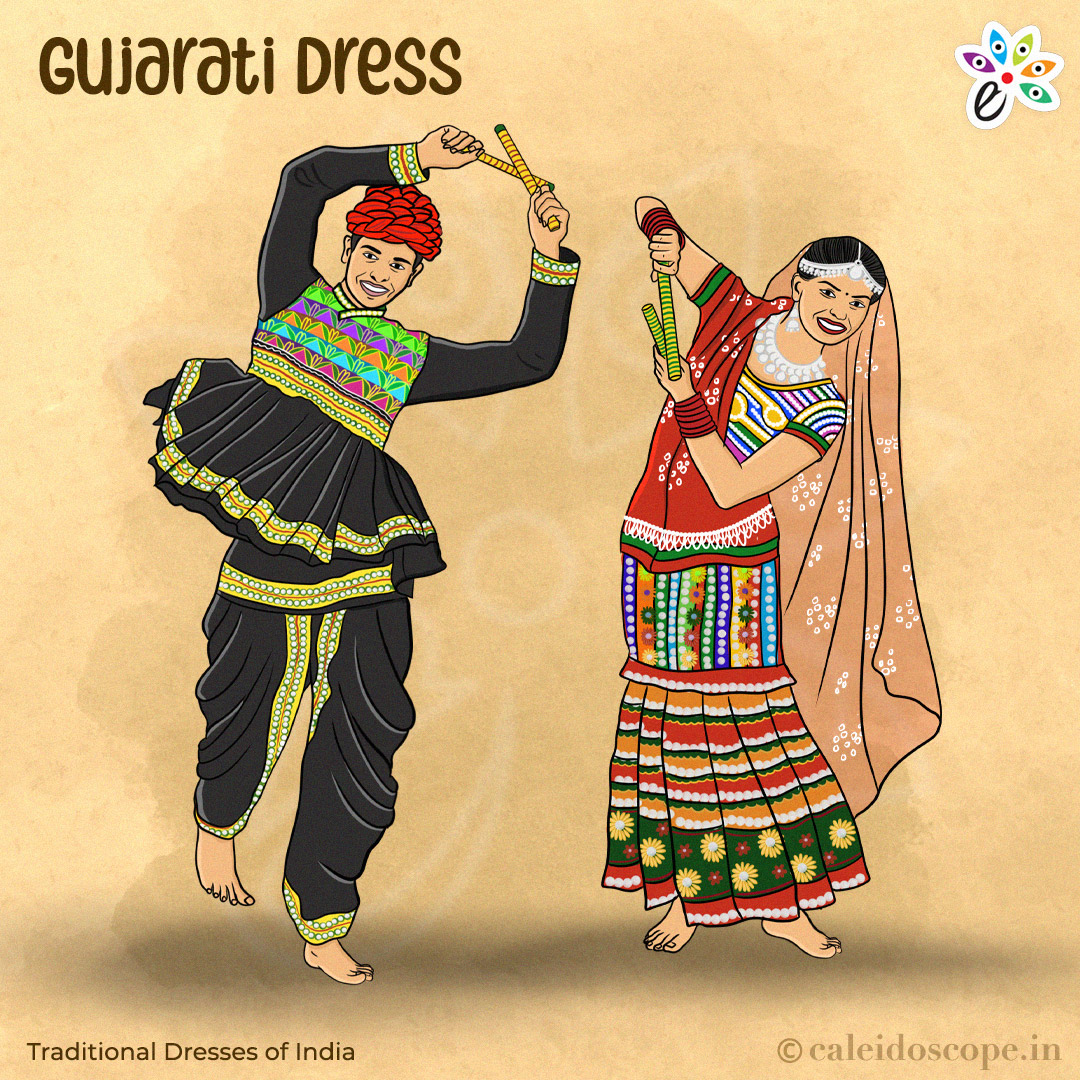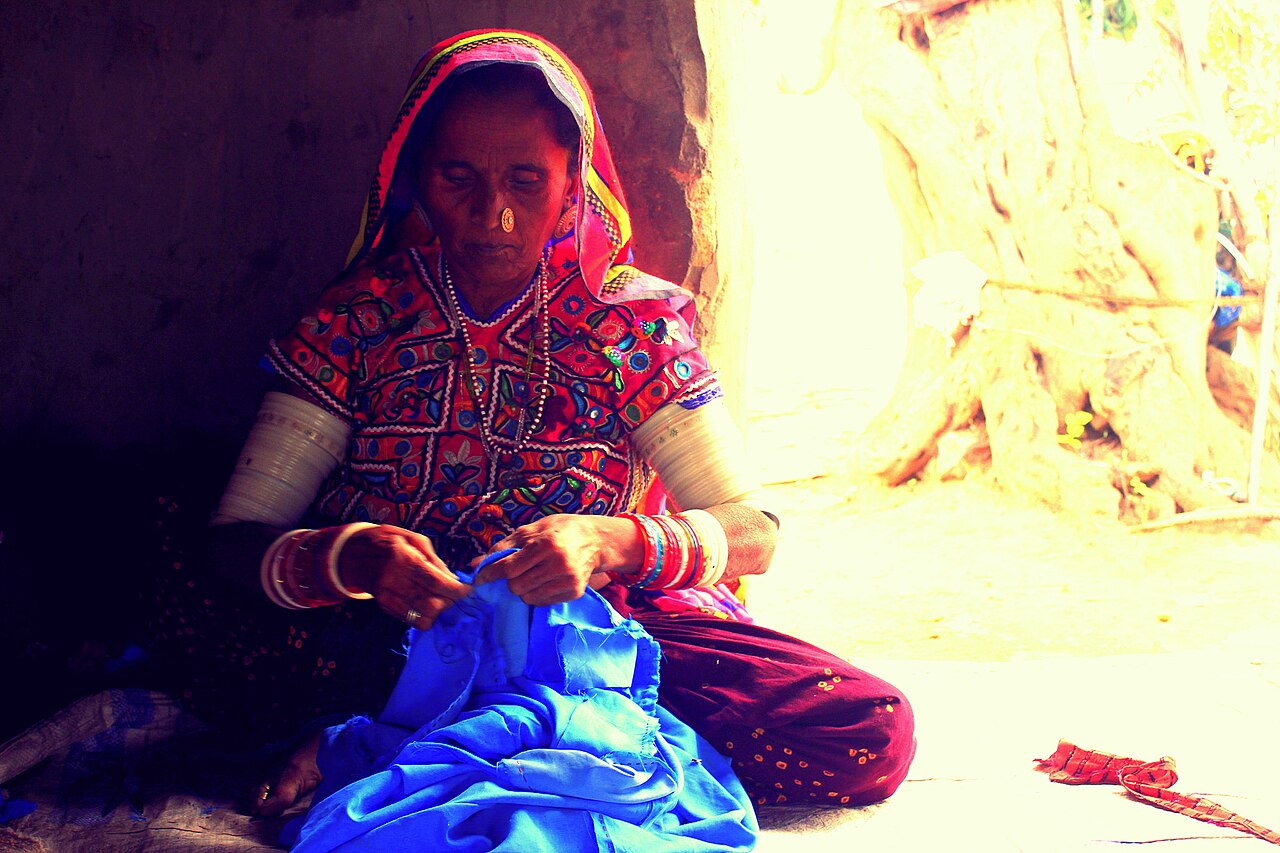
Udupi is a coastal district in the southwest part of the Indian state of Karnataka. It is famous for its notable 13th-century Sri Krishna Temple, built by a saint called Shri Madhvacharya; a native of Udupi. This place is known for its temples, holds excellent significance to Hindu pilgrims, and is fondly known as the temple town. Udupi is located between the glorious mountains of the Western Ghats and the beautiful Arabian Sea. It is one of the top tourist attractions in Karnataka. Udupi’s stunning beaches offer a unique experience to its tourists and promise an unforgettable memory of the Arabian Sea. So here is the guide to the must-visit beaches in Udupi for a relaxed weekend with friends and family.
Suggested read: Beaches of Karnataka: A Sight to Behold!
Malpe Beach

Malpe Beach is 6 km away from Udupi and is one of the important ports and fishing harbours of Karnataka. Malpe is a perfect combination of beauty, leisure, and adventure. It is one of the most popular tourist destinations for its lively atmosphere. The beauty of this beach lies in the endless stretch of golden sand, gracious swaying coconut trees, clear blue sky and turquoise water, and the rhythmic sound of the sea. Apart from the picturesque surroundings, you can dive into the endless fun of:
- Water sports such as jet skiing, parasailing over the sea, sand bikes, banana boat rides, zorbing, bumpy rides, St. Mary’s Island boating, and walking into the Arabian Sea through the fun floating bridge of 120 m long.
- Swimming, as the waves are gentle and the sea is not very deep, the best part is for safety purpose red flags have been put up by the beach authorities and guards are on duty during the day.
- Strolling on the 450 m long sea walk between the river and the Arabian Sea gives a beautiful view of the Islands and Malpe beach (fee INR 20 per person).
- Visit the huge shipbuilding yard of Malpe port situated next to the sea walk.
- If you want to try your hand at the key adventure activity of Surfing, you can find the price and timings and enroll yourself in one of the few surfing clubs.
- Magical sun setting over the sea of Malpe that paints the sky with hues of yellow, orange, and pink.
- Visit the Vadabhanda Balaram temple located near the beach known for its architecture.
- Interact with the fishermen, the oldest community of Malpe port, and some of them are happy to narrate their stories, so listen and enjoy their stories.
- Enjoy the delicious seafood and local cuisine at one of the beach cafes or from the shacks and eateries.
Suggested read: Top Offbeat Places in Karnataka You Must Consider for Your Next Trip
St. Mary’s Island

St. Mary’s Island is a geological wonder, known for its distinctive columnar basalt rock formations. It is one of the 34 National Geological Monuments of India, declared by the Geological Survey of India, and is considered an important site for “Geo Tourism.” St. Mary’s Island, also known as Thonsepar, is an uninhabited archipelago of four islands, namely Coconut Island, North Island, Daryabahadurgarh Island, and South Island. St. Mary’s Island is only 500 m in size with coconut trees in the middle and is thus known as Coconut Island. This tiny island is the most famous and most frequently visited one. Vasco da Gama, on his discovery of the sea route to India, landed at St. Mary’s Island. The only way to get to the island is just a short ferry or boat ride from Malpe Beach. This island is a heaven for people who love and admire nature.
Things to do:
- Enjoy the nature with azure water.
- It is ideal for sunbathing and beachcombing.
- You can see a few varieties of bird species and plenty of crabs.
- The western coast of the island is seashell heaven, and you can find different colours, shapes, and sizes of seashells.
- It is not advisable to swim since it is scattered with basaltic rocks.
- You can wander around and enjoy the hexagonal and multi-faced columns of five, six, or seven- sided pillars.
- Try to catch the mesmerising sunset.
- Observe the fascinating polygonal columns.
- If you get bitten by a shutterbug, St Mary’s Island is a perfect destination.
Kapu Beach

Kaup lighthouse and beach locally known as Kapu, is famous for its iconic lighthouse, golden sand, and pristine beach. The lighthouse situated on a rock is still functional, and offers panoramic views of the Arabian Sea. Kapu has significantly gained a lot of attention in the last few years and has become a major tourist place. The lighthouse, natural surroundings, golden sands, and panoramic view of the sea make it a picture-perfect destination.
Things to do:
- Climb the spiral staircase of the 27.12 meter lighthouse for an extraordinary view of the endless sea and to catch the mesmerising sunset from the deck of the lighthouse.
- The clear blue sky, gentle murmur of the sea, and endless stretch of golden sand are perfect for strolling, collecting seashells, or simply relaxing on the sand.
- Enjoy sunbathing, and swimming in clean and well-maintained shorelines.
- Enjoy a peaceful walk on the beach under the starlit sky after sunset and create some memories.
- Find a secure place on a rock or the seashore, just stare at the waves, and enjoy the cool sea breeze.
- The delightful view of the beach with a beautiful green border of palm groves is every photographer’s dream.
- Visit Kotilingeshwara Temple located near the beach.it is one of the oldest temples of the region dedicated to Lord Shiva, and known for its architecture.
- Visit the lighthouse museum which is located near the lighthouse.
- Visit Anegudde Vinayaka Temple dedicated to Lord Ganesha.
- Visit Kapu Fort near the Kaup Beach Lighthouse.
Kadike Beach

Kadike Beach is located in a small village called Badanidiyoor, 3.5 km away from Malpe Beach. An illegal garbage dumping area near the beach is converted into Asare Beach Park during the COVID lockdown by a social youth organisation. Kadike is a serene and secluded beach, so if you want to escape from the busy urban life and enjoy nature, this is a perfect place. This beach has everything, like golden sand, crystal clear water, a tranquil, peaceful atmosphere, and picturesque surroundings. It is less crowded, and its quiet atmosphere attracts both locals and tourists for relaxation and natural beauty.
Things to do:
- Enjoy the untouched natural beauty.
- Observe the fishing villages offering glimpses into coastal livelihoods.
- Perfect for sunbathing and beach games like volleyball on the pristine sands.
- Ideal for meditation and relaxation.
- Enjoy the mesmerising sunrise and sunset.
- Offers a variety of water sports activities like jet skiing, banana boat rides, and parasailing, for adventure enthusiasts.
Mattu beach

Though it was not on our list to visit, our driver insisted we should go to Mattu Beach, and after a short while we found ourselves on a narrow road with coconut trees on one side and the vast Arabian Sea on the other. You fall in love with this neat and clean, untouched, unexplored, and naturally maintained beach. I will recommend, if you want to move away from the excessive tourist crowd in Malpe and Kapu and are looking to connect to yourself, this is the perfect beach in Udupi. Recently while I started reading about Mattu Beach, I came to know that it is a bioluminescent beach. The water of the sea lights up with a natural blue glow due to the presence of some bioluminescent organisms at night during certain times of the year. So on my next visit to Mattu Beach, bioluminescence will no doubt be an additional attraction.
- Watch the picturesque sunrise and magnificent sunset casting hues over the Arabian Sea.
- To enjoy the stunning landscape around the area, visit early morning or evening.
- Click amazing pictures during golden-hour sunsets to make your camera happy.
- Tranquil atmosphere ideal for leisurely picnics and meditation.
- Its peaceful sandy shores are ideal for sunbathing and beachcombing.
- Go for a long walk along the beautiful seashore to lift your spirits.
- Just sit on the beach and enjoy the beautiful scenery of ships sailing through the sea.
- Its breathtaking views and golden-hour sunset are perfect for relaxation and rejuvenation.
Points to remember:
- Maintain cleanliness, use dust bins, and do not litter.
- Would not recommend swimming in Mattu Beach as it does not have lifeguards.
- No shops or eateries in Mattu Beach, so take water, juice, and food if you want to spend more time.
- Make a half- day trip to St. Mary’s Island to capture the beauty.
- Visit Malpe, Kapu, and St .Mary’s island on weekdays to avoid crowds.
- Do not stay back alone at the beach after sunset.
- Check the cost of the rides (Malpe Beach) before you go ahead.
- There is an open amphitheatre next to the Malpe sea walk with a huge statue of Garuda. Folk dance and drama are performed during festivals.
- Wear comfortable flat shoes/footwear with a good grip.
- If you have a fear of heights, and claustrophobia, do not go up the lighthouse.
- The stairs of the lighthouse are narrow and steep, so be careful.
- No entry fee for the beaches.
- If you are interested in photography, basic lenses are sufficient.
- Wear loose cotton clothes, comfortable footwear, and carry water, sunscreen, sunglasses, and a cap as the climate is hot and humid.
Frequently asked questions:
What is the best time to visit?
November to February, as the summers are hot and humid, and monsoons have heavy rainfall in this region.
How many days are required to visit these places?
I will suggest for two days. Day one: Half day on St. Mary’s Island and evening enjoyment on Malpe Beach. Day two: morning spent in Kadike and Mattu Beach, and evening in Kapu Beach.
How to go to St. Mary’s Island?
You can reach St. Mary’s Island only through ferry services available from 9 am to 5 pm from Malpe Beach, and they charge INR 300-400 per person. It is closed during the rainy season (June to September).
Is there any entry fee for St. Mary’s Island?
Yes, INR 250 per person and INR 200 for the camera.
What is Udupi Gulla or Mattu Gulla?
Mattu Gulla is a special green brinjal that has a Geographical Indication tag, grown around Mattu village famous for its unique taste, and used in Udupi cuisine.
Which one is the most popular beach in Udupi?
Malpe is the most popular one, offering a wide range of activities suitable for all ages.
How far is St. Mary’s island from Malpe?
6.3 kilometres and take 35 minutes via St. Mary’s Lane.
When can you see bioluminescence in Mattu Beach?
On dark new moon nights, from October to January.
Conclusion:
Udupi is known for its clean beaches, scenic backwaters, and delicious food. These beaches are a perfect mix of spiritual bliss and breath-taking natural beauty. The cool breeze with the gentle sound of the waves that splash into the golden sands will no doubt prevail in your memory for a long time. This coastal stretch of Karnataka is a hidden gem known for its pristine beauty and tranquil atmosphere. I will highly recommend to nature and beach lovers to visit these beaches for their soulful, serene environment and stunning beauty with family and friends.














































